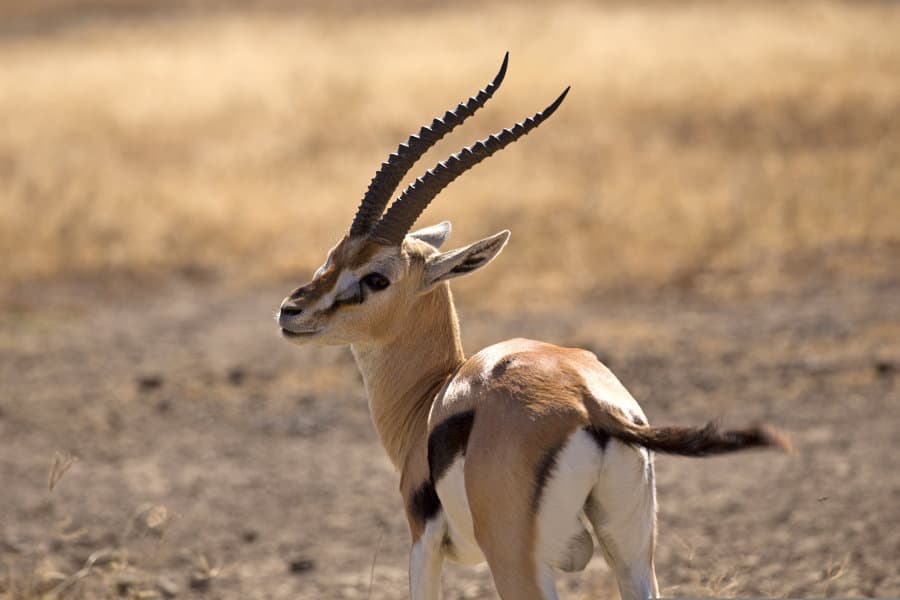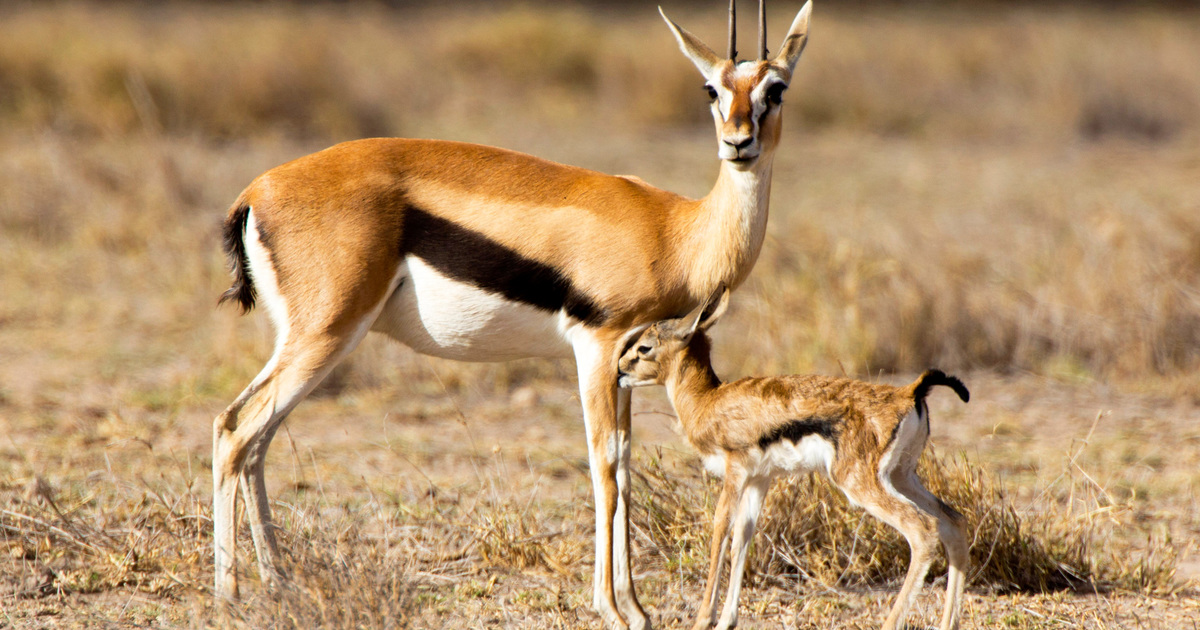I have a direct family connection with the person this species is named after. Joseph Thomson, my great grand uncle, was and remains highly regarded by the Maasai People in Kajiado, rural Kenya. The charity of which I’m general secretary now runs the humanitarian Maasai Girls Education Project. In our partnership to deliver this, we hear that the local people in Kajiado value their Thomson’s Gazelle. I’m with them all the way, as these are beautiful creatures – very much part of the local ecosystem.
Through the great humanitarian effort that the Joseph Thomson Maasai Trust holds dear, www.maasaigirlseducationproject.com , of which I`m general secretary, we have a close partnership with the Maasai people in a large rural area of Kajiado, Kenya. Our key link in this is through Maasai elder, Ezekiel Katatao.
He says of the Thomson`s gazelle: Thomson`s gazelles live in open grasslands so that they can easily see their predators. Thomson`s gazelles are very important to the Maasai because the areas that they live in are suitable for goats. When people move their goats to new areas during devastating droughts, the first good sign they look out for is the presence of Thomson`s gazelles because they know where they live {habitat} is always suitable for the goats. Once Thomson`s gazelles are spotted in an area, the Maasai settle there with their goats and the goats will survive the drought. When Thomson`s gazelles migrate to the vicinity of villages, it is a sign that the rains are near and villagers celebrate their presence near their villages. So the gazelles are not only important but also blessed animals.
This synergy between people and nature in such a fragile environment is a joy to discover; it comes from a mixture of tradition, observation and respect. There is so much we could all learn from this.”


